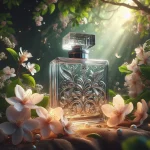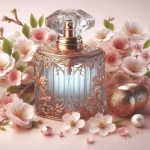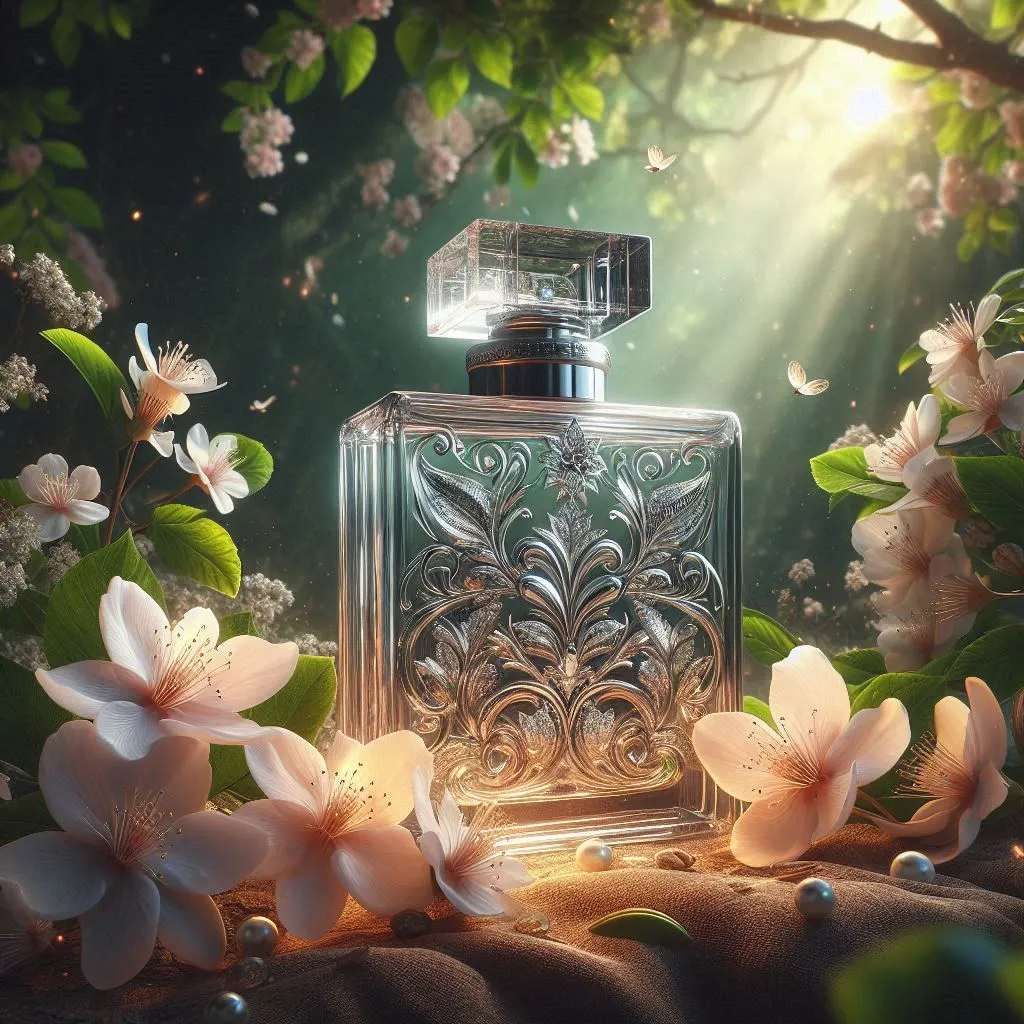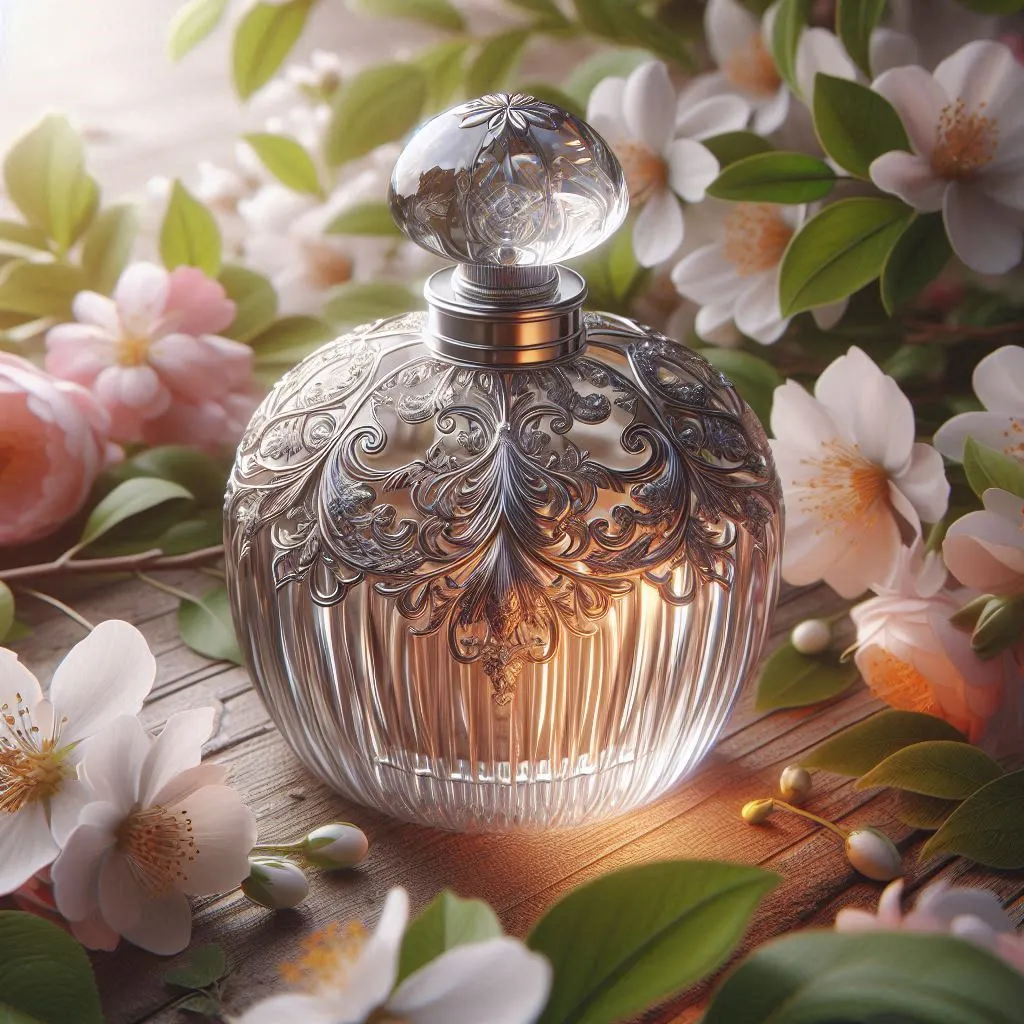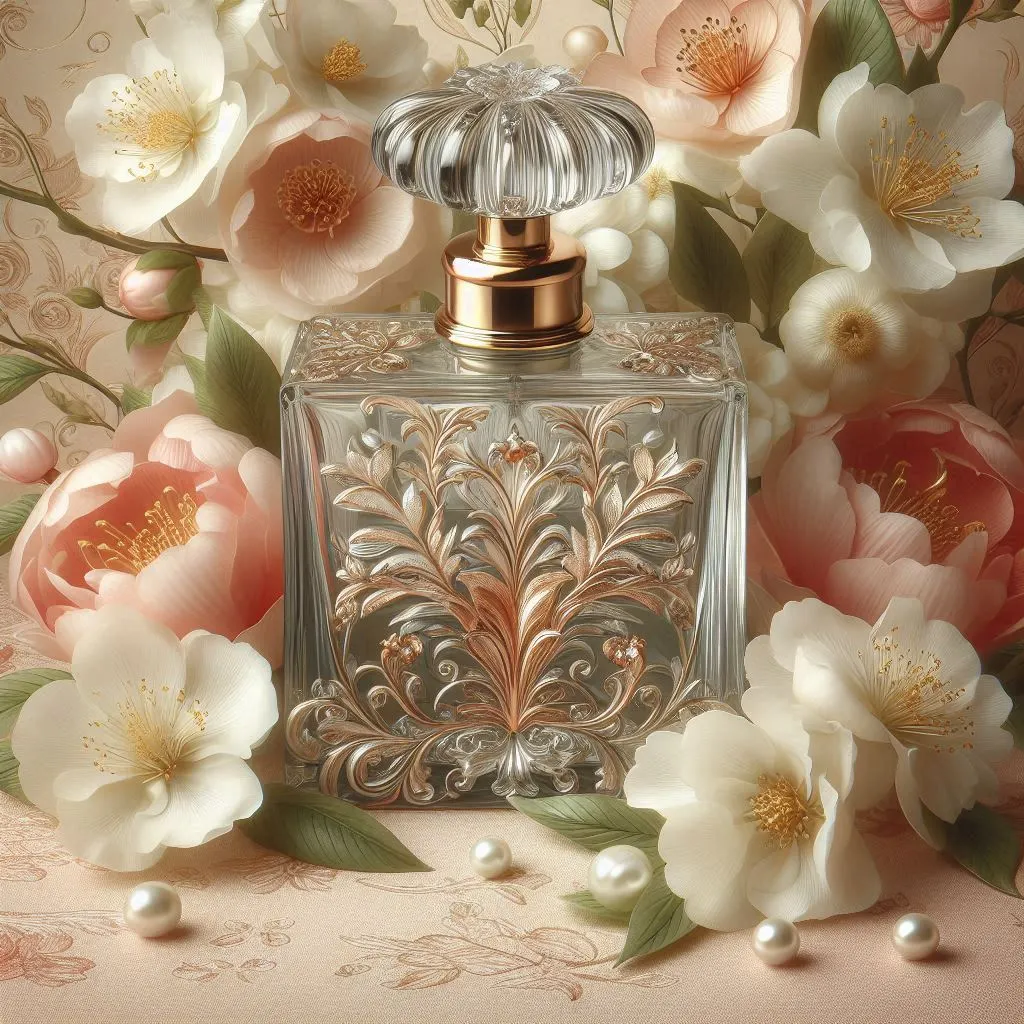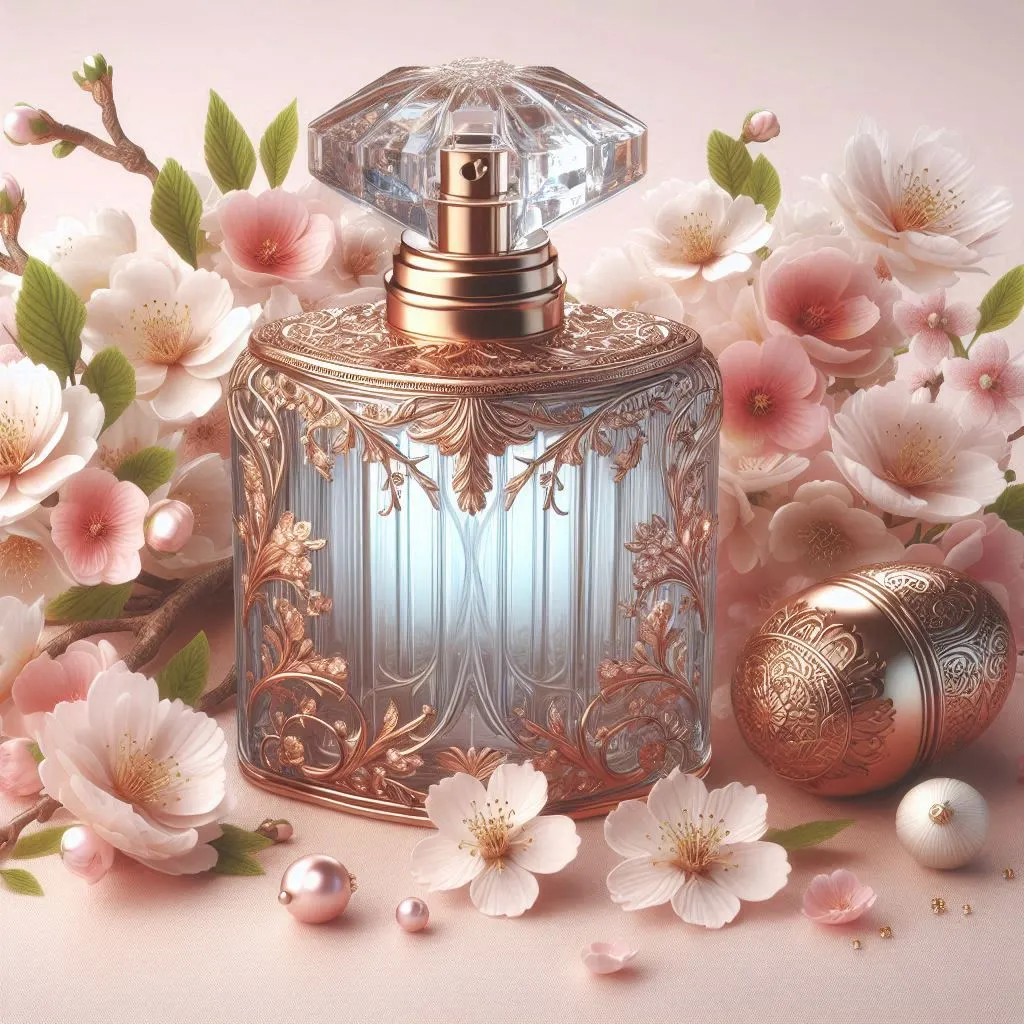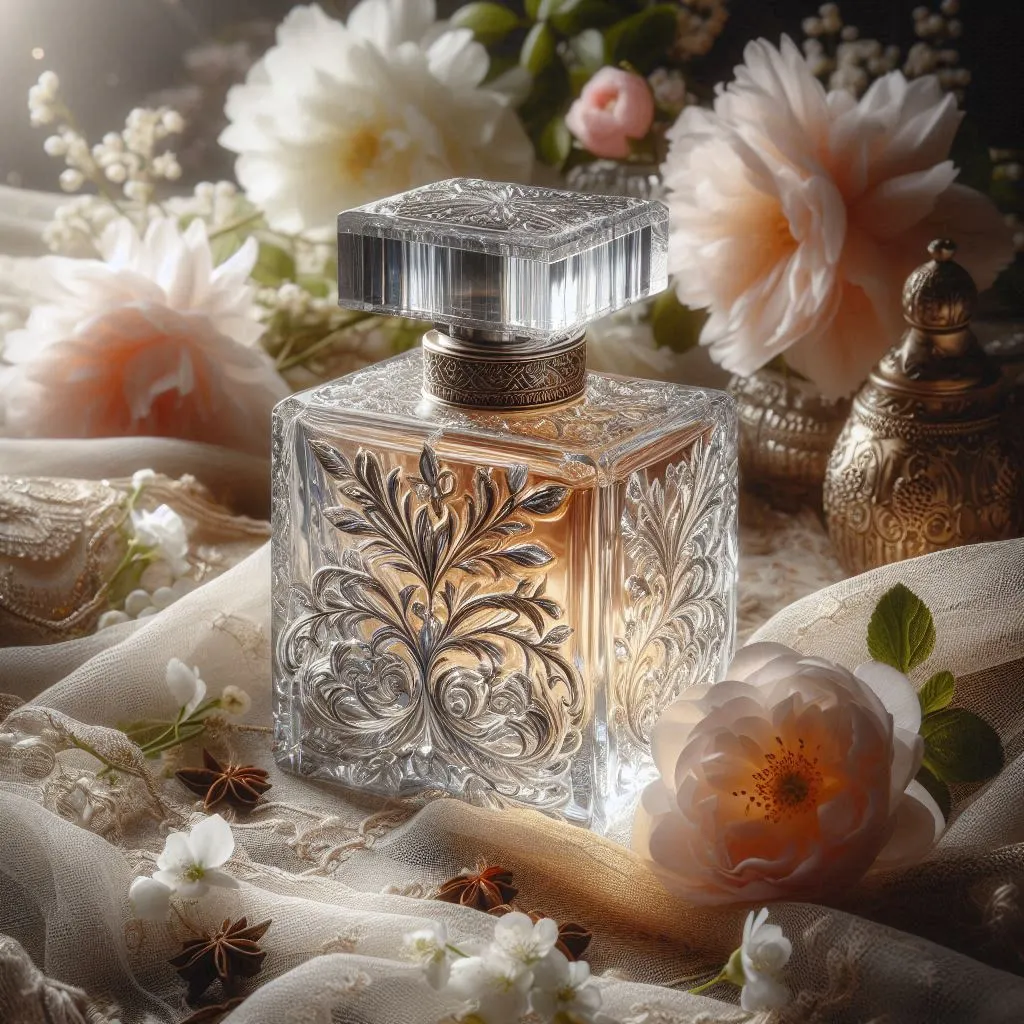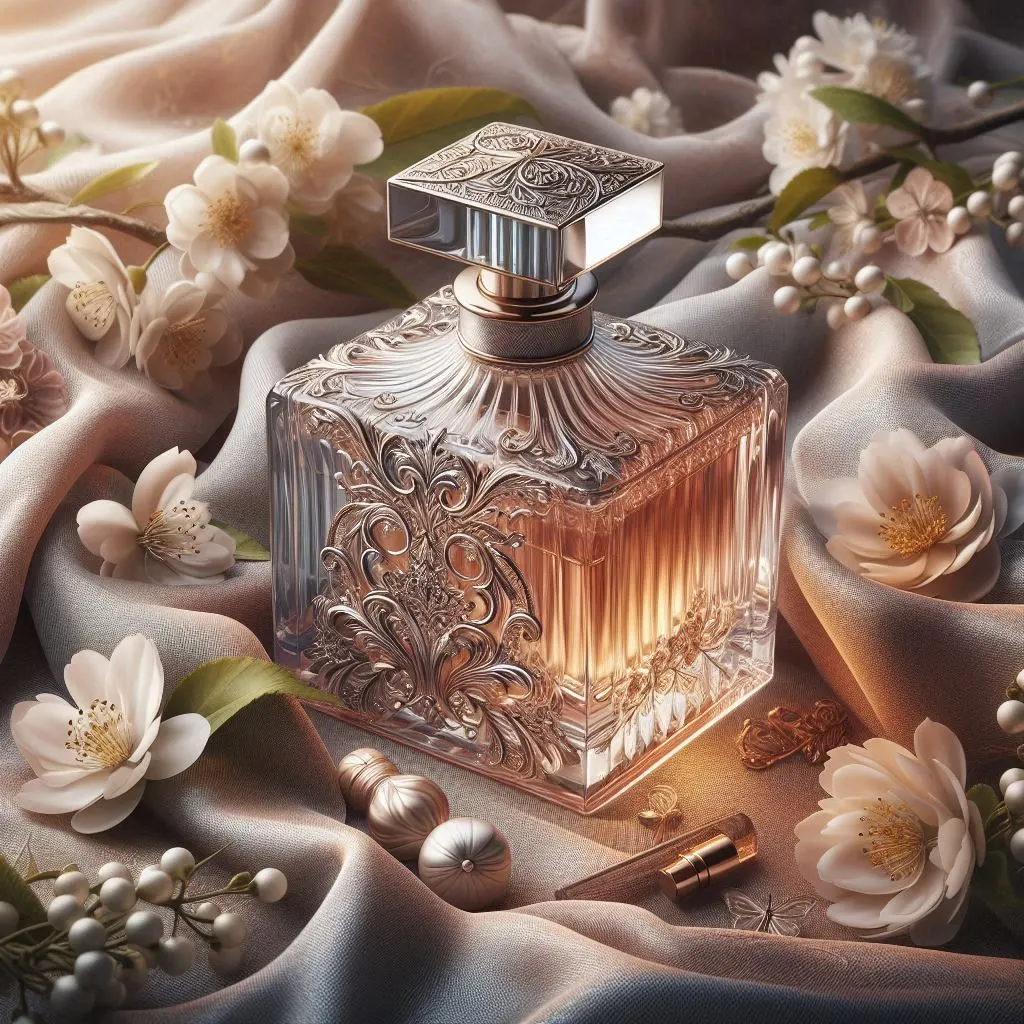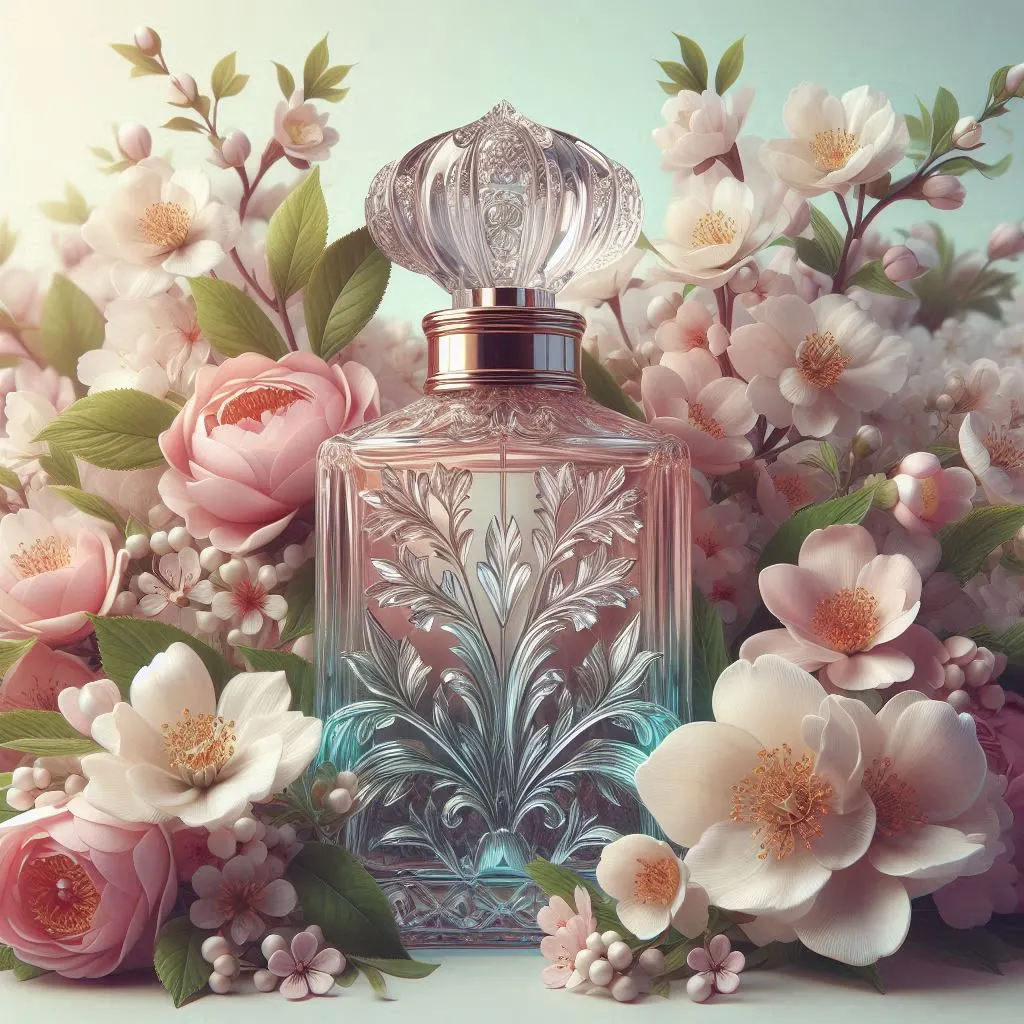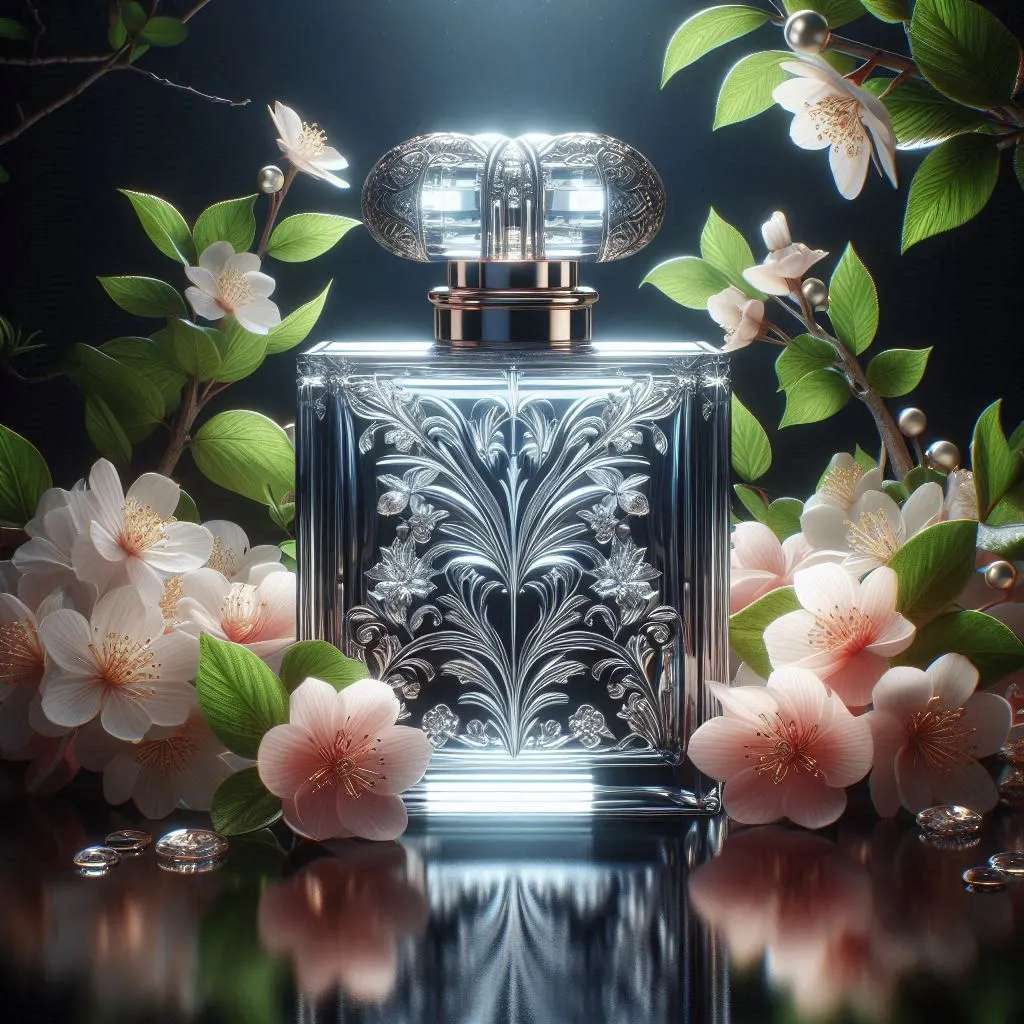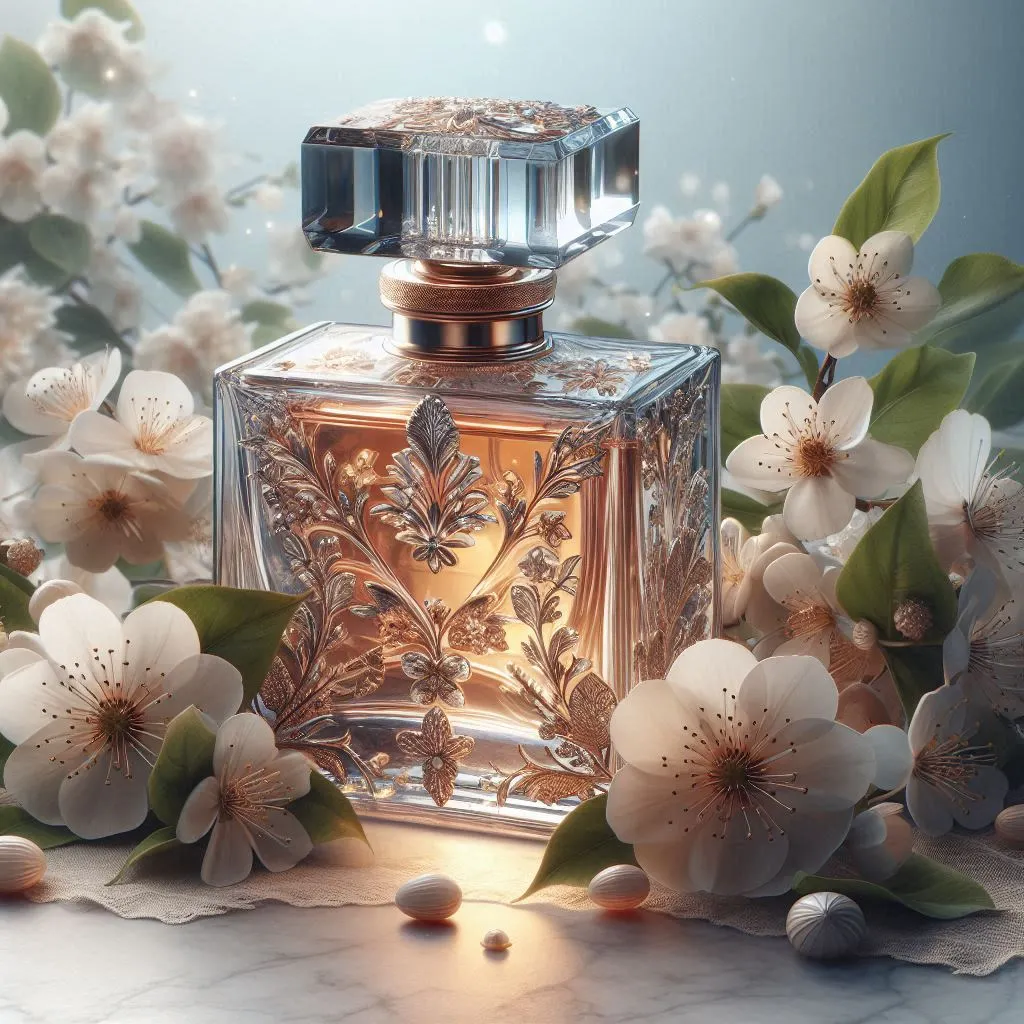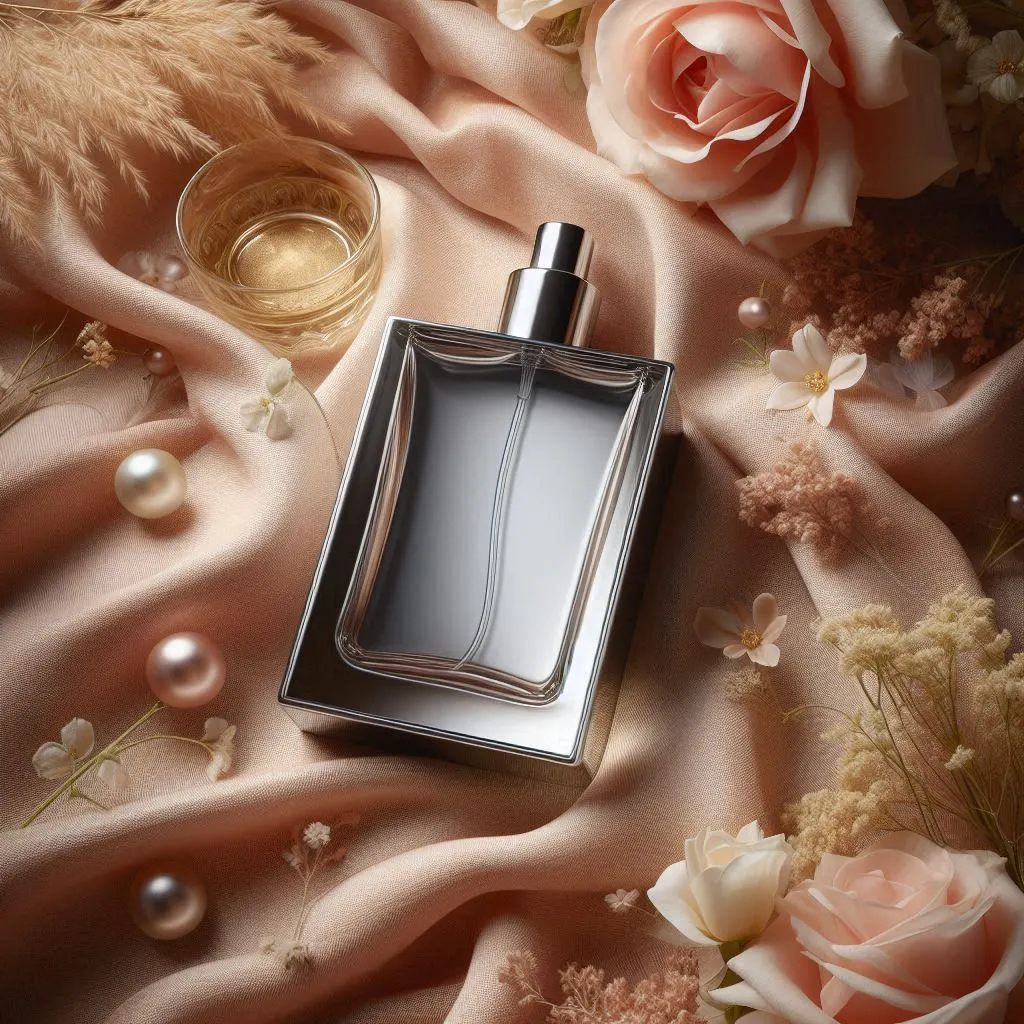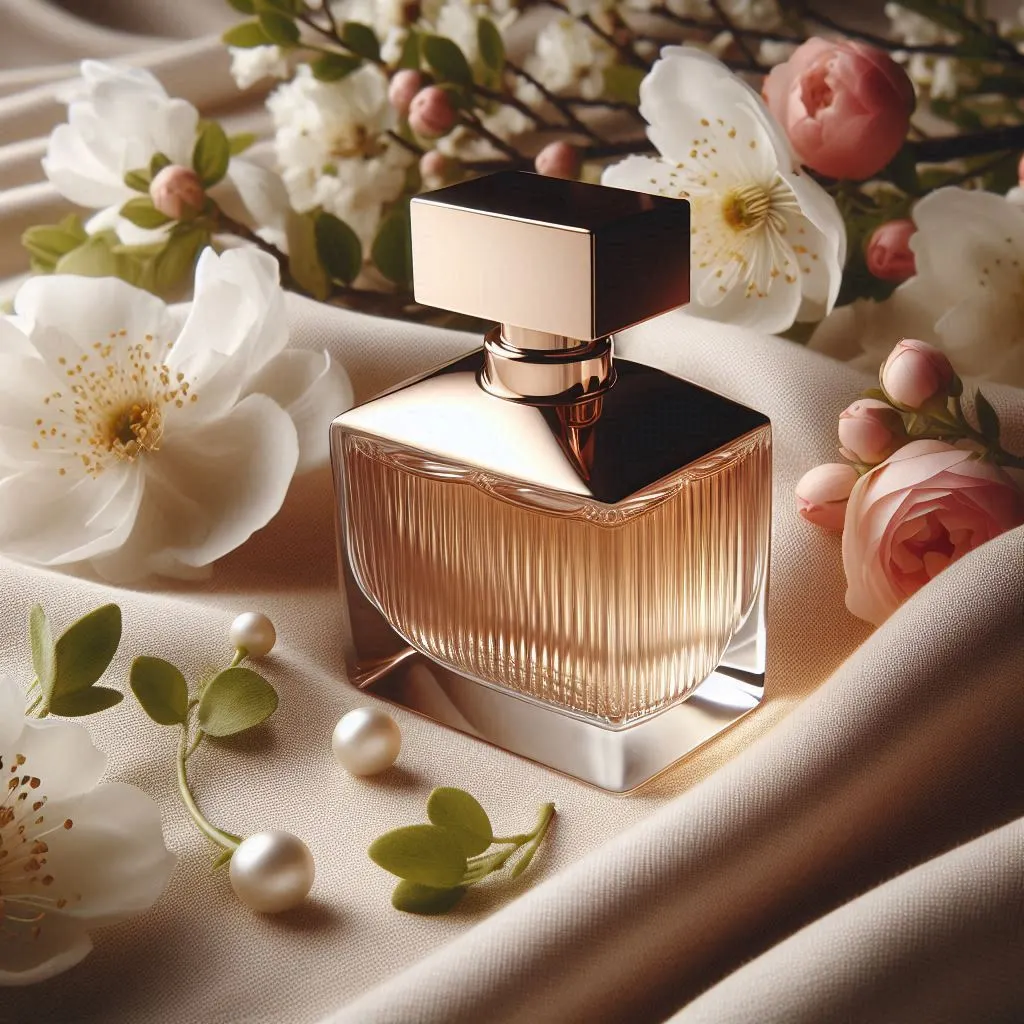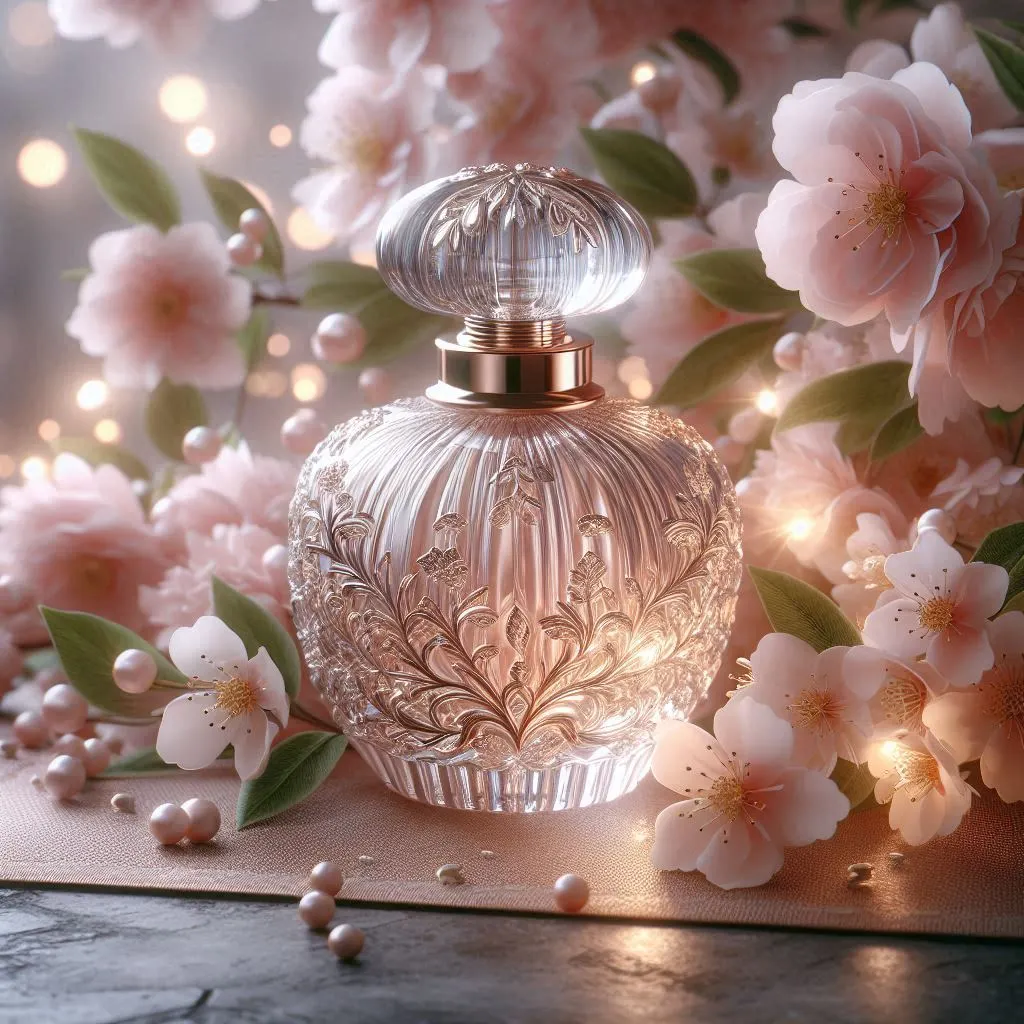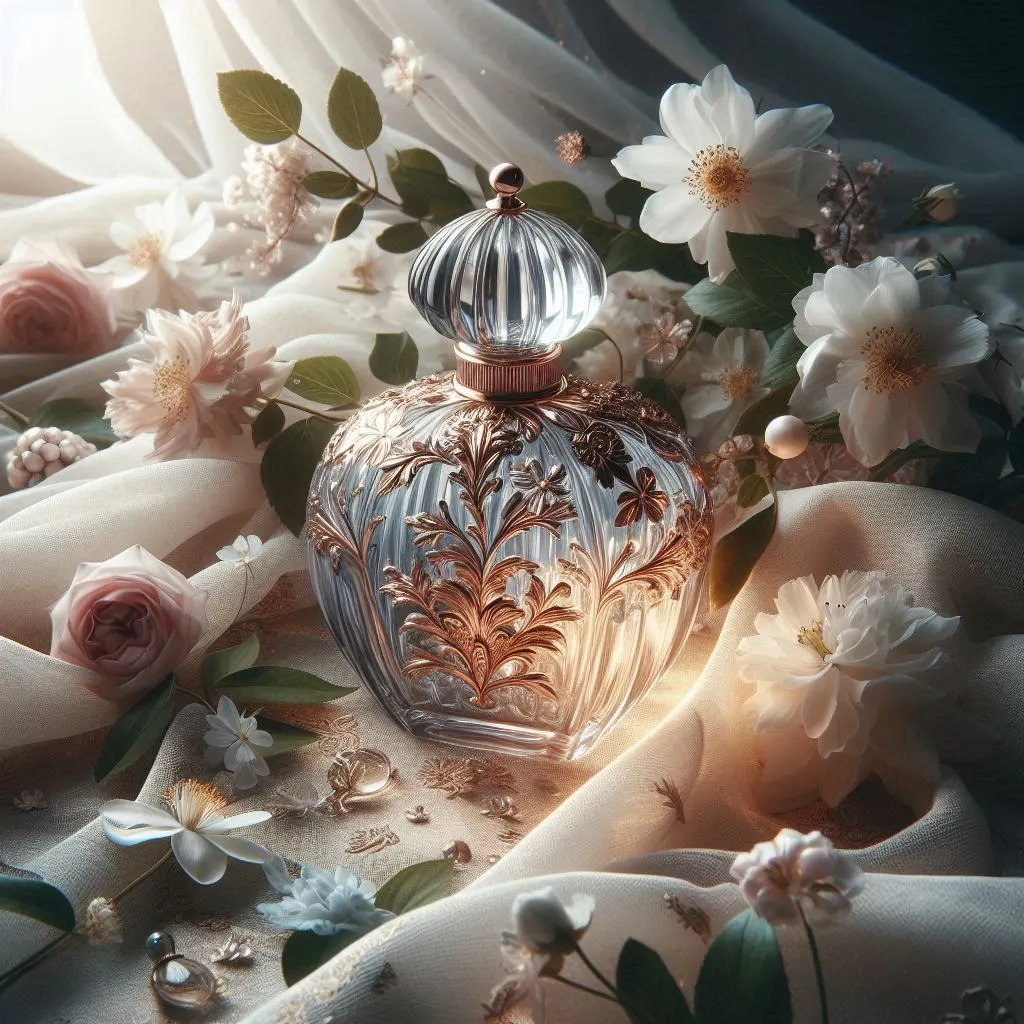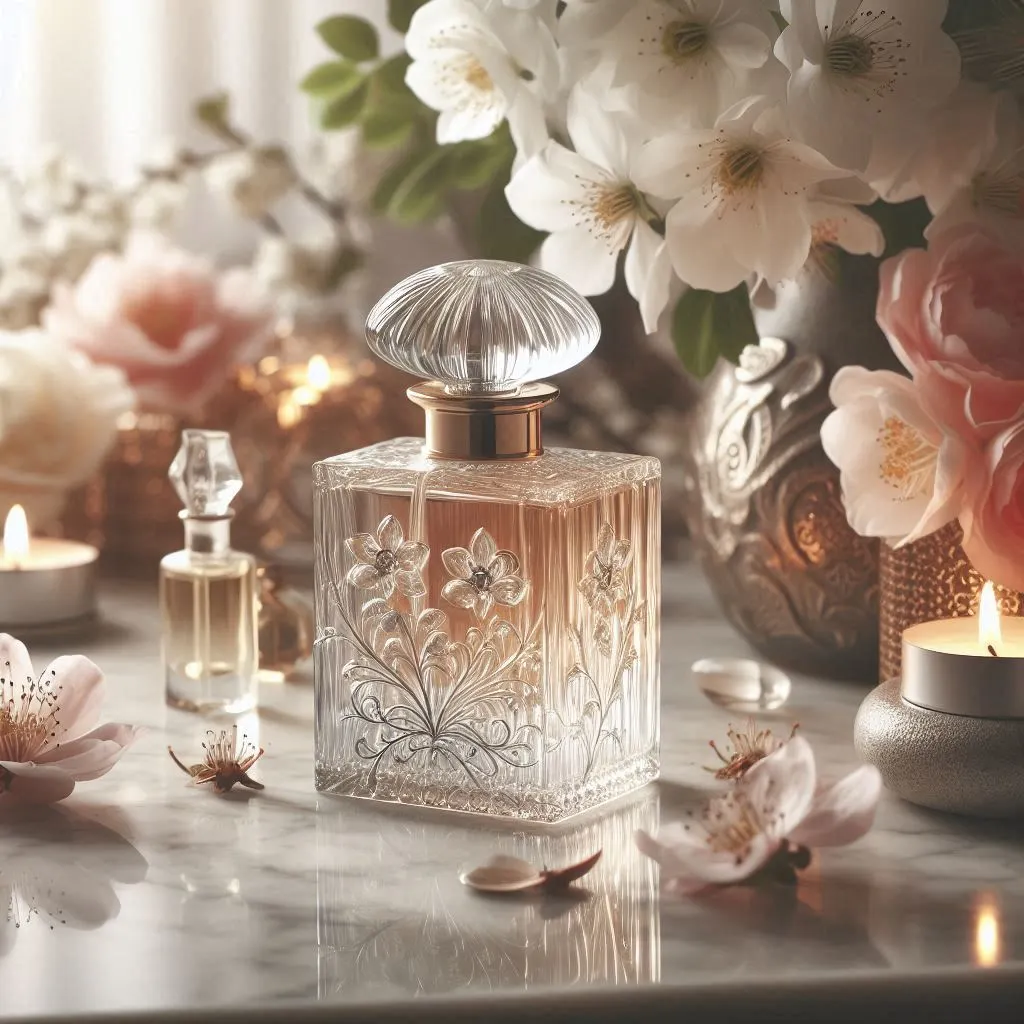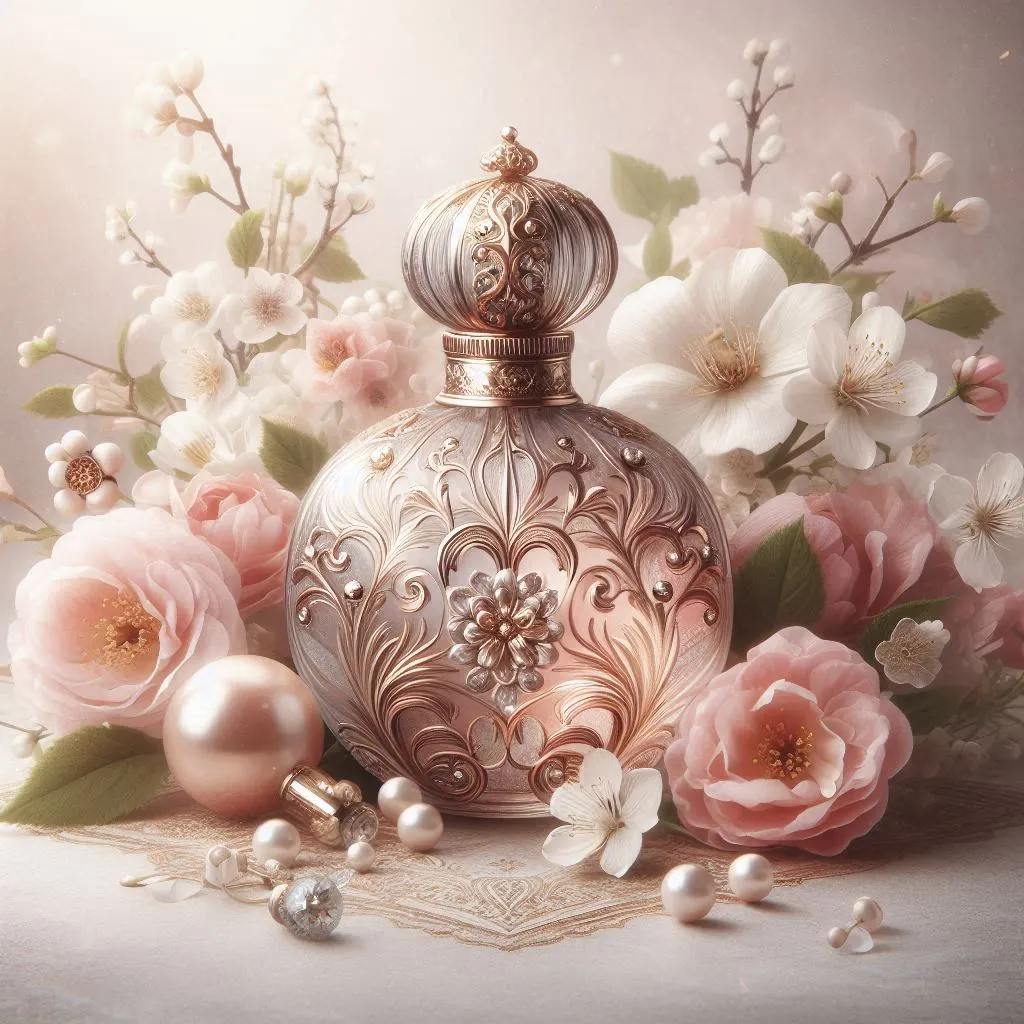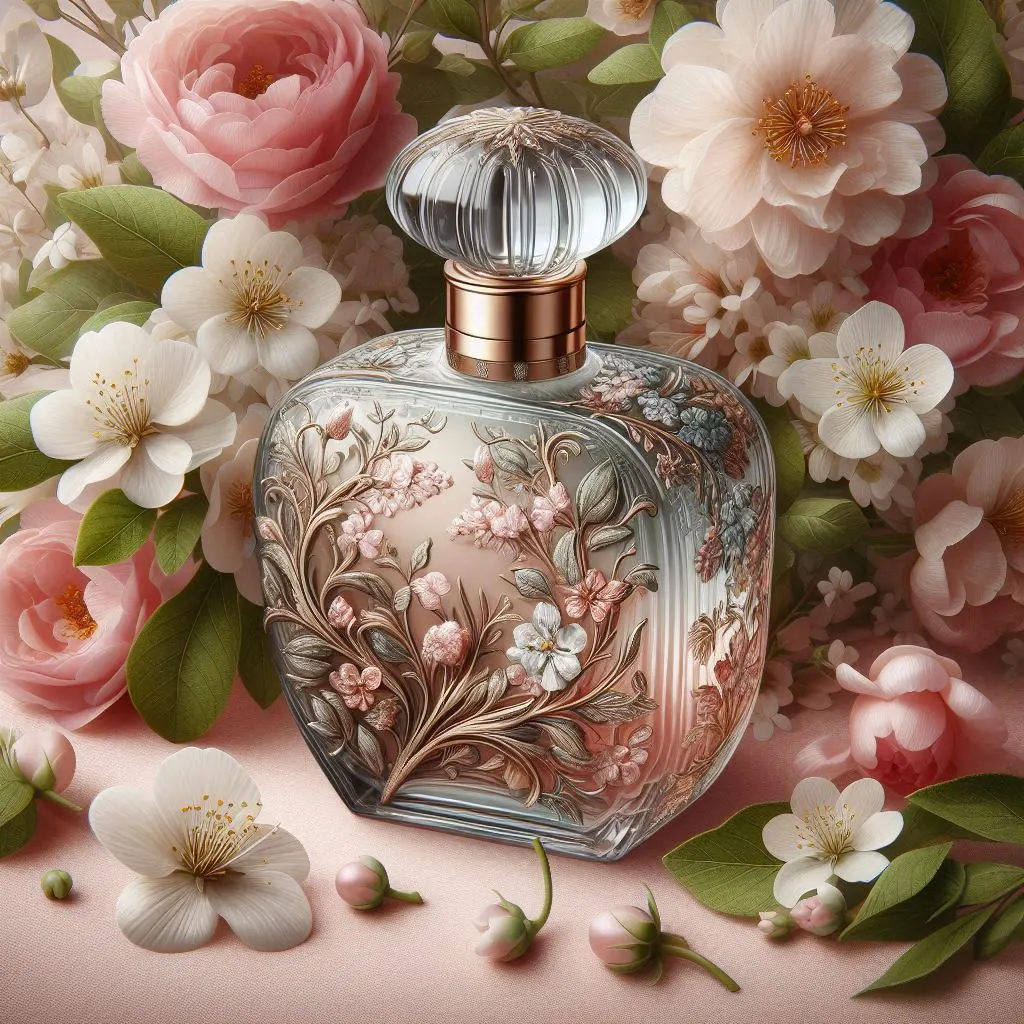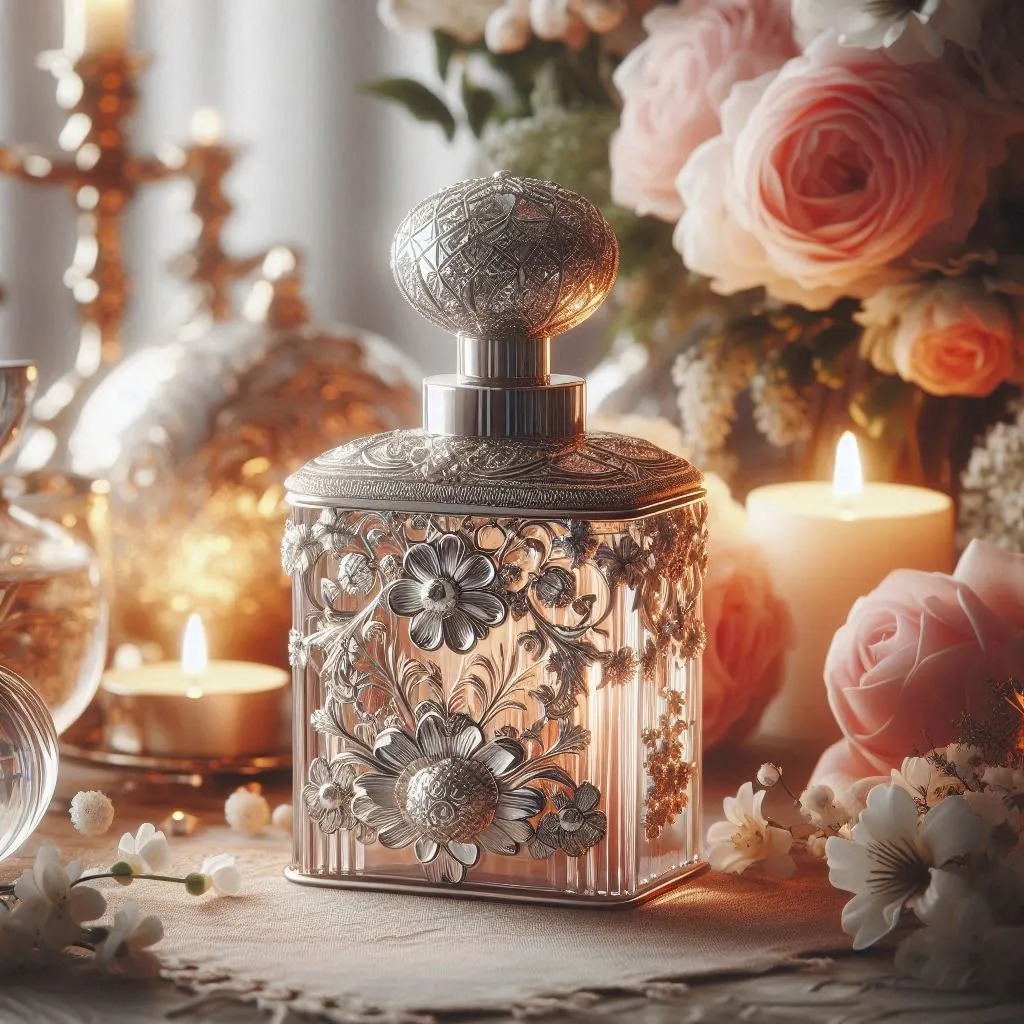
Table of Contents

🌍 Who is the Most Handsome Man in the World? 2025
1. ✨ Introduction – What Defines “Handsome”?
Every year, magazines, fashion outlets, and online polls spark lively debates with one timeless question: “Who is the most handsome man in the world?”
It may sound like a simple beauty contest, but the truth is deeper. Handsomeness is not just about having a perfect jawline or broad shoulders. Instead, it’s a blend of looks, charisma, personality, cultural influence, and achievements.
Take a moment to think of two famous names: Keanu Reeves and David Beckham.
- Beckham is admired for his sculpted looks, tattoos, and stylish appearance.
- Reeves, on the other hand, is celebrated for his humble personality and kindness.
Both are universally admired, yet for different reasons. This shows that handsomeness is both subjective and universal.
🌐 Handsomeness Across Cultures
Different cultures celebrate different male features:
- In South Korea, “flower boys” (soft, youthful, delicate looks) are adored. Stars like BTS’s V and Jungkook represent this ideal.
- In India, Bollywood actors such as Hrithik Roshan or Shah Rukh Khan are admired for their sharp features, expressive eyes, and confident aura.
- In the West, Hollywood’s icons like Chris Hemsworth (rugged masculinity) or Brad Pitt (classic charm) often dominate.
💡 This proves: There’s no single “most handsome man.” Instead, society defines and redefines the standard of beauty depending on the era, culture, and social values.
📊 Key Factors That Define Handsomeness
| Factor | Why It Matters | Example Celebrity |
|---|---|---|
| Facial Symmetry | Studies show people are more attracted to balanced features. | Robert Pattinson scored 92.15% on the Golden Ratio facial test. |
| Charisma & Confidence | A confident presence makes even average looks magnetic. | Idris Elba – known for screen presence and charm. |
| Cultural Style & Grooming | Hairstyles, fashion, and grooming trends influence perception. | BTS’s V – praised for his cutting-edge style. |
| Physical Fitness | Athleticism suggests health and vitality. | Cristiano Ronaldo – admired worldwide for his physique. |
| Achievements & Influence | Success adds to appeal and desirability. | Leonardo DiCaprio – Oscar-winning actor & activist. |
👉 Takeaway: Handsomeness is a combination of biology + culture + charisma.
2. 🧪 The Science of Handsomeness
Science has actually tried to decode what makes a man handsome. While attraction is subjective, certain physical traits consistently show up in studies of human preference.
2.1 The Golden Ratio & Facial Symmetry
The Golden Ratio (1.618) is a mathematical concept that has fascinated artists and scientists since Ancient Greece. When applied to faces, it measures the balance of features like eyes, nose, lips, and jawline.
In 2020, cosmetic surgeon Dr. Julian De Silva mapped out celebrity faces using this ratio. The results?
📊 Golden Ratio Rankings (Sample Study, 2020)
| Rank | Celebrity | Score | Why Ranked High |
|---|---|---|---|
| 1 | Robert Pattinson | 92.15% | Balanced eyes, nose, and jawline symmetry. |
| 2 | Henry Cavill | 91.64% | Defined jawline, masculine proportions. |
| 3 | Bradley Cooper | 91.08% | Balanced facial structure, expressive eyes. |
| 4 | Brad Pitt | 90.51% | Iconic jawline, high cheekbones. |
| 5 | George Clooney | 89.91% | Mature charm and symmetry. |
(Source: Centre for Advanced Facial Cosmetic & Plastic Surgery, UK)
⚖️ Interesting point: While Robert Pattinson topped the list scientifically, popularity polls often rank BTS’s V, Chris Hemsworth, or David Beckham higher—showing the split between science and public taste.
2.2 Evolutionary Psychology of Attraction
From an evolutionary point of view, people are subconsciously drawn to traits that signal health, vitality, and good genes.
Key indicators:
- Clear skin → signals good health.
- Broad shoulders & narrow waist → strength and athleticism.
- Strong jawline → higher testosterone levels.
- Deep voice → linked with maturity and confidence.
That’s why athletes like Cristiano Ronaldo or actors like Chris Hemsworth are often praised for their physical dominance.
2.3 The Role of Personality & Kindness
But it’s not all about looks.
A study published in Psychological Science found that people rated faces more attractive when associated with positive personality traits (kindness, intelligence, humor).
This is why stars like Keanu Reeves, Tom Hiddleston, and Dev Patel have strong fan bases. Their appeal is rooted not just in their appearance, but in the way they make people feel.
👉 Science says: “Handsome” is not only about the face—it’s about the package.
3. 🎭 Historical Icons of Handsomeness
Before Instagram, K-pop, or Hollywood, beauty ideals were shaped by heroes, kings, and artists. Each era had its icons of male attractiveness who embodied their culture’s vision of the “perfect man.”
3.1 Ancient & Medieval Icons ⚔️
| Era | Icon | Why Celebrated |
|---|---|---|
| Ancient Greece | Alexander the Great | Athletic body, curly hair, strong features; symbol of power. |
| Ancient Rome | Julius Caesar (young) | Charismatic, ambitious, admired by Roman elite. |
| Islamic Golden Age | Omar Khayyam (poet, mathematician) | Celebrated for refined looks and intellect. |
| Medieval Europe | Richard the Lionheart | Warrior-king admired for stature and bravery. |
💡 Ancient societies valued strength and heroism as much as physical beauty. Handsomeness was a symbol of leadership.
3.2 Renaissance & Classical Beauty 🎨
The Renaissance reshaped beauty standards: proportion, harmony, and art.
- Michelangelo’s David (1504) → Even today, this statue is an icon of male beauty, representing perfect proportion and athletic grace.
- Portraits of noblemen during this era emphasized refined features, wavy hair, and courtly attire.
👉 Handsomeness = a mix of body + intellect + status.
3.3 Early Hollywood Legends 🎬
When cinema emerged, actors became the first “global” handsome icons.
| Actor | Era | Why Considered Handsome |
|---|---|---|
| Rudolph Valentino | 1920s | Exotic, romantic appeal—known as Hollywood’s “Latin Lover.” |
| Clark Gable | 1930s–40s | Suave, masculine, star of Gone With the Wind. |
| James Dean | 1950s | “Rebel without a cause” look—cool, brooding, youthful. |
| Marlon Brando | 1950s–60s | Intense, raw masculinity. |
| Paul Newman | 1960s–70s | Piercing blue eyes, classic charm. |
These men set the modern template of male attractiveness: confident, stylish, and charismatic.
3.4 Late 20th Century Icons 🌐
By the late 1900s, globalization meant that beauty standards were spreading worldwide.
- George Clooney (1990s–2000s): The “eternal bachelor,” often topping People’s Sexiest Man Alive.
- Brad Pitt: A Hollywood staple of handsomeness for three decades.
- David Beckham: Revolutionized the sportsman-as-style-icon trend, influencing grooming, tattoos, and fashion.
🌍 At this stage, “handsome men” were not only actors—but also athletes, models, and musicians who shaped pop culture.
4. 🌟 Modern Global Icons of Handsomeness (2000s–2025)
In the modern age, the definition of handsomeness has broadened. It’s no longer just about Hollywood actors—K-pop idols, Bollywood stars, athletes, royals, and even social media influencers now compete for the crown.
Every year, lists like TC Candler’s “100 Most Handsome Faces”, People’s Sexiest Man Alive, and GQ’s “Style Icons” remind us that beauty is both global and subjective.
4.1 The Rise of Global Beauty Rankings
The Internet & Social Media made beauty a worldwide conversation:
- TC Candler’s List (since 1990): Voted globally, including stars from different regions.
- Instagram/TikTok Polls: Fans promote their favorites (e.g., BTS’s Jungkook trends daily).
- People’s Magazine: Still influential in Western media, but less global in reach.
📊 Comparison of Major Rankings (2023–2024)
| Ranking Source | Top Winner | Notes |
|---|---|---|
| TC Candler 2023 | BTS’s V (Kim Taehyung) | K-pop dominance in global votes. |
| People’s Sexiest Man Alive 2023 | Patrick Dempsey | Western media choice, Hollywood focus. |
| Nubia Magazine Poll 2022 | BTS’s Jungkook | 98 countries voted; massive online support. |
| The Independent UK (2022) | Regé-Jean Page | “Bridgerton” actor celebrated for charisma. |
4.2 Handsomeness in the 21st Century
Today’s icons reflect a blend of masculine & soft traits:
- Chris Hemsworth → Classic masculinity, Marvel superhero build.
- BTS’s V & Jungkook → Youthful charm, fashion-forward, soft-yet-strong looks.
- Timothée Chalamet → Androgynous beauty, redefining male attractiveness for Gen Z.
- Henry Cavill → Modern embodiment of the “superman” physique.
- David Beckham → Style + sports legacy, still an icon in his late 40s.
👉 Modern audiences admire both strength & sensitivity.
5. 🏆 Top 10 Most Handsome Men in the World (2025 Edition)
Compiling different rankings, fan votes, and global media reports, here are the 10 most admired men today.
📋 FORM: Top 10 Handsome Men – Quick Profile
1. BTS’s V (Kim Taehyung) 🇰🇷
- Age: 29
- Profession: Singer, Actor, Fashion Icon
- Why: Charismatic visuals, soulful eyes, global K-pop ambassador.
- Achievement: Named “Most Handsome Face” 2023 by TC Candler.
2. Henry Cavill 🇬🇧
- Age: 42
- Profession: Actor (Superman, The Witcher)
- Why: Chiseled jawline, masculine build, gentlemanly aura.
- Achievement: Golden Ratio 91.64% match.
3. Regé-Jean Page 🇬🇧
- Age: 37
- Profession: Actor (Bridgerton)
- Why: Charismatic presence, classic gentleman vibe.
- Achievement: Named “World’s Most Handsome Man” by UK polls (2022).
4. Chris Hemsworth 🇦🇺
- Age: 41
- Profession: Actor (Thor, Marvel Universe)
- Why: Rugged charm, athletic build, global movie star.
- Achievement: Regularly tops People’s & GQ lists.
5. BTS’s Jungkook 🇰🇷
- Age: 28
- Profession: Singer, Dancer, Performer
- Why: Boyish charm + powerhouse talent.
- Achievement: Named “Most Handsome Man in the World 2022” (Nubia poll).
6. Timothée Chalamet 🇺🇸
- Age: 29
- Profession: Actor (Dune, Wonka)
- Why: Youthful, androgynous appeal, redefining Gen Z beauty.
- Achievement: Featured in GQ’s “Best Dressed Men.”
7. David Beckham 🇬🇧
- Age: 50
- Profession: Former Footballer, Businessman
- Why: Fashion-forward, still admired globally.
- Achievement: Named by Forbes as one of the most marketable athletes.
8. Hrithik Roshan 🇮🇳
- Age: 51
- Profession: Bollywood Actor
- Why: Sharp features, expressive eyes, dance talent.
- Achievement: Called “Greek God of Bollywood.”
9. Keanu Reeves 🇨🇦
- Age: 61
- Profession: Actor (Matrix, John Wick)
- Why: Timeless appeal, admired for kindness as much as looks.
- Achievement: Continues to be a cultural icon across generations.
10. Cristiano Ronaldo 🇵🇹
- Age: 40
- Profession: Footballer
- Why: Athletic physique, iconic smile, global sports fame.
- Achievement: Most-followed man on Instagram (600M+).
📊 Table: Top 10 Handsome Men in 2025
| Rank | Name | Nationality | Profession | Age | Distinctive Traits |
|---|---|---|---|---|---|
| 1 | Kim Taehyung (V) | South Korea | Singer/Actor | 29 | Soulful eyes, K-pop charisma |
| 2 | Henry Cavill | UK | Actor | 42 | Superman build, gentlemanly look |
| 3 | Regé-Jean Page | UK | Actor | 37 | Charisma, refined elegance |
| 4 | Chris Hemsworth | Australia | Actor | 41 | Rugged charm, superhero physique |
| 5 | Jungkook | South Korea | Singer | 28 | Boyish looks, global idol |
| 6 | Timothée Chalamet | USA | Actor | 29 | Youthful, artistic charm |
| 7 | David Beckham | UK | Athlete/Entrepreneur | 50 | Stylish, enduring appeal |
| 8 | Hrithik Roshan | India | Actor | 51 | Greek-god looks, Bollywood star |
| 9 | Keanu Reeves | Canada | Actor | 61 | Timeless charm, humility |
| 10 | Cristiano Ronaldo | Portugal | Athlete | 40 | Athletic icon, social media king |
6. 🌍 Regional Perspectives on Handsomeness
Different regions have different ideals of male beauty, influenced by history, culture, and media.
6.1 Hollywood & Western Icons 🇺🇸🇬🇧🇦🇺
- Chris Hemsworth: Superhero masculinity.
- Henry Cavill: Gentlemanly, classic British appeal.
- Brad Pitt / George Clooney: Still admired, though now veteran icons.
6.2 Bollywood & Indian Icons 🇮🇳
- Hrithik Roshan: Often called “most handsome man in Asia.”
- Shah Rukh Khan: More charisma than conventional looks—still adored.
- Mahesh Babu: Known as “Prince of Tollywood” for his striking features.
6.3 K-Pop & Asian Icons 🇰🇷🇯🇵🇨🇳
- BTS’s V & Jungkook: Leading faces of global K-pop.
- Cha Eun-woo (ASTRO): Nicknamed “Face Genius” for flawless visuals.
- Takuya Kimura (Japan): Classic J-pop idol admired for decades.
6.4 Middle Eastern & European Icons 🌍
- Zayn Malik (UK/Pakistani heritage): Former One Direction star with striking looks.
- Can Yaman (Turkey): Actor, admired for Mediterranean ruggedness.
- Cristiano Ronaldo (Portugal): A football legend + fashion icon.
7. 📱 Social Media Influence on Beauty Rankings
In the 21st century, social media has become the world’s mirror of beauty. Unlike the 1950s, when Hollywood magazines decided who was handsome, today anyone with a smartphone can vote, trend, or even “create” beauty icons.
7.1 Instagram – The Global Beauty Stage
- Instagram is the largest platform for celebrity visibility, with stars like Cristiano Ronaldo (600M+ followers) and Lionel Messi (500M+ followers) proving how looks and fame intertwine.
- Selfies, fashion photoshoots, and brand partnerships make Instagram the new “runway.”
💡 Fact: A 2023 Statista survey found that 70% of Gen Z users said Instagram shapes their perception of attractiveness.
7.2 TikTok & Viral Handsomeness
TikTok has introduced new stars overnight:
- The “TikTok boy look” (messy hair, sharp jawline, soft boy vibe) boosted influencers like Noah Beck.
- K-pop idols trend regularly—hashtags like #KimTaehyung or #Jungkook can hit billions of views.
📊 TikTok Beauty Trends (2024 Data)
| Trend | Description | Example |
|---|---|---|
| “Soft Boy” | Youthful, gentle aesthetic | Timothée Chalamet |
| “Gymfluencer” | Athletic, fitness-centered looks | David Laid |
| “K-pop Idol” | Flawless skin, fashion-forward | BTS’s Jungkook |
| “Classic Masculine” | Rugged, bearded look | Jason Momoa |
7.3 Fan Voting & Global Polls
- Nubia Magazine Poll (2022) crowned Jungkook as “World’s Most Handsome Man,” with 98 countries voting.
- TC Candler’s List (2023) gave BTS’s V the crown, thanks to millions of fan votes.
- Fans organize Twitter/X hashtags like #VVisualKing or #HandsomeJungkook that trend globally.
👉 Takeaway: Social media democratized beauty. Today, fans shape the rankings as much as experts.
8. 🧠 Psychology & Culture of Attractiveness
Why do people see one man as “handsome” and another as average? Science and culture both play roles.
8.1 The Psychology of Attraction
Studies show that when judging attractiveness, humans rely on three key factors:
- Aesthetics → Facial symmetry, clear skin, balanced proportions.
- Personality Projection → Confidence, humor, kindness.
- Cultural Conditioning → Exposure to media ideals shapes preferences.
🧪 Example:
- A Harvard University study found that people consistently rated men with slightly above-average height, broad shoulders, and symmetrical faces as most attractive.
- But when those faces were paired with personality traits (kindness, intelligence) in a description, attractiveness scores increased by up to 25%.
8.2 Cultural Interpretations of Handsomeness
What one culture calls handsome may differ greatly from another:
📋 FORM: Handsomeness Across Cultures
- East Asia:
- Ideal = Flawless skin, youthful features, slim build.
- Example: BTS’s V, Cha Eun-woo.
- South Asia:
- Ideal = Strong jawline, expressive eyes, fair-to-wheatish complexion.
- Example: Hrithik Roshan, Mahesh Babu.
- Western World:
- Ideal = Tall, muscular, rugged features.
- Example: Chris Hemsworth, Henry Cavill.
- Middle East:
- Ideal = Sharp features, dark hair, thick beard, commanding presence.
- Example: Can Yaman, Omar Borkan Al Gala.
8.3 Shifting Standards Over Time
- 1950s → James Dean’s rebel cool.
- 1980s → Arnold Schwarzenegger’s hyper-masculine build.
- 2000s → David Beckham’s metrosexual style.
- 2020s → Blend of soft & strong (K-pop meets Marvel superheroes).
👉 Lesson: Handsomeness evolves. What was “ideal” yesterday might look outdated today.
9. 🌟 Forms of Handsomeness Beyond Looks
When people debate “most handsome,” they often mean “most attractive.” But attraction isn’t always about physical beauty—it can include intellect, charisma, and achievements.
9.1 The Handsome Intellectual
- Albert Einstein wasn’t a model, but his brilliance gave him charm.
- Stephen Hawking was admired worldwide for his genius and resilience.
💡 Intelligence can make someone captivating, even if they don’t meet classical beauty standards.
9.2 The Handsome Gentleman
- Barack Obama → Admired not just for looks, but for confidence, charisma, and eloquence.
- Justin Trudeau (Canadian PM) → Praised for stylish appearance + leadership.
📊 Qualities of a “Handsome Gentleman”
| Trait | Description | Example |
|---|---|---|
| Confidence | Speaks with poise | Barack Obama |
| Style | Fashion sense enhances presence | Justin Trudeau |
| Respectfulness | Treats others with dignity | Keanu Reeves |
| Intellect | Smart conversations add allure | Elon Musk (polarizing, but influential) |
9.3 The Handsome Achiever
- Cristiano Ronaldo: Fitness + success = global icon.
- Elon Musk: Controversial, but his achievements make him influential.
- Prince William & Prince Harry: Royal lineage adds prestige.
👉 Society admires men who achieve greatness, regardless of whether their faces are “perfect.”
10. 🔮 Future Icons of Handsomeness
As we look toward the future, it’s clear that “handsomeness” will continue to evolve with cultural shifts, fashion, and media. The next generation of icons may not be limited to Hollywood or K-pop—they could emerge from TikTok, esports, or even AI-enhanced modeling.
10.1 Rising Stars in Entertainment
- Jacob Elordi (Australia) → Known for Euphoria and Priscilla, praised for his tall frame and chiseled looks.
- Austin Butler (USA) → Oscar-nominated actor, won global admiration for his role as Elvis.
- Charles Melton (USA) → Breakout star of May December, combining classic good looks with emotional depth.
10.2 The TikTok Generation
Social media will continue to shape beauty standards. Rising influencers like Noah Beck, Khaby Lame, and Addison Rae’s male co-stars show that everyday creators can achieve “handsome icon” status overnight.
💡 Prediction: By 2030, TikTok stars may regularly compete with movie actors in “most handsome” polls.
10.3 Beyond Celebrities: Royalty & Public Figures
- Prince William’s sons (George & Louis) are growing under global watch.
- Middle Eastern royals like Sheikh Hamdan of Dubai are admired for both elegance and lifestyle.
👉 Handsomeness is expanding beyond actors and athletes to include influencers, royals, and digital-native celebrities.
11. ❓ FAQs – Who is the Most Handsome Man in the World?
Here are some of the most-searched questions on Google & Bing regarding male attractiveness 👇
Q1: Who is the most handsome man in the world in 2025?
👉 According to global rankings and fan polls, BTS’s V (Kim Taehyung) currently holds the crown. However, other names like Henry Cavill, Chris Hemsworth, Regé-Jean Page, and Jungkook are also strong contenders.
Q2: Who has the “most perfect face” scientifically?
👉 Cosmetic surgeon Dr. Julian De Silva’s Golden Ratio study named Robert Pattinson as having the most mathematically “perfect” face (92.15% accuracy to the ideal ratio).
Q3: Who is the most handsome K-pop idol?
👉 Many polls rank V and Jungkook (BTS) at the top, followed by Cha Eun-woo (ASTRO), often nicknamed the “Face Genius” of Korea.
Q4: Who is considered the most handsome Bollywood actor?
👉 Hrithik Roshan is often called the “Greek God of Bollywood” for his sharp features, green eyes, and charisma.
Q5: Can handsomeness be subjective?
👉 Absolutely. While science measures symmetry, beauty is influenced by culture, personal taste, and emotional connection.
Q6: Who was the most handsome man in history?
👉 Historical icons like Alexander the Great, Michelangelo’s David, James Dean, and Paul Newman were considered epitomes of beauty in their eras.
Q7: Does personality make someone more attractive?
👉 Yes. Studies show that kindness, humor, and confidence can make a person appear 25% more attractive, even if they don’t have perfect features.
12. 📚 References & Authoritative Sources
To ensure credibility, here are sources used in compiling this deep guide:
- TC Candler – 100 Most Handsome Faces List (2023–2024)
https://tccandler.com - People Magazine – Sexiest Man Alive Awards
https://people.com - Statista – Social Media & Beauty Influence Surveys (2023)
https://www.statista.com - Julian De Silva, Centre for Advanced Facial Cosmetic & Plastic Surgery (2020 Study on Golden Ratio)
Reported by The Guardian and Cosmopolitan. - Harvard University – Studies on Personality & Attractiveness (2019, Psychological Science)
https://journals.sagepub.com - Forbes – Profiles on David Beckham, Cristiano Ronaldo, Celebrity Branding
https://forbes.com - The Independent UK – Regé-Jean Page Declared “Most Handsome Man” (2022)
https://independent.co.uk - GQ – Style Icons of the 21st Century
https://gq.com - Nubia Magazine – World’s Most Handsome Man Fan Poll (2022)
https://nubiamagazine.com
🏁 Conclusion
So, who is truly the most handsome man in the world?
The answer depends on whether you look through the lens of science (Robert Pattinson), global fan votes (BTS’s V & Jungkook), Western media (Chris Hemsworth, Henry Cavill), or Bollywood charisma (Hrithik Roshan).
👉 Handsomeness is not a fixed crown—it is a cultural conversation that shifts with generations.
From Alexander the Great to BTS idols, the world has always admired men who blend physical appeal, charisma, and influence. And as we move deeper into the digital era, social media may shape the next icons just as much as movies or sports ever did.
💡 Final thought: Perhaps the most handsome man is not the one with the “perfect face,” but the one who inspires admiration, confidence, and joy across the globe. 🌍✨

Recommended Articles:
- Top 10 Most Handsome Men in the World 2025🌟
- Best Perfume for Women Top Picks for Every Style 2025
- Amazon Best Sellers in Skin Care Products Top 10 2025
- Perfume: Everything You Need to Know 2025
- Burberry Her Perfume: A Deep Dive 2025
- Ariana Grande Perfume: A Complete Guide 2025
- YSL Perfume: A Legacy of Luxury and Elegance 2025
- Sol de Janeiro Perfume: A Luxurious Fragrance 2025
- Billie Eilish Perfume 2025 In-Depth Guide
- Delina Perfume: A Comprehensive Guide 2025
- Kayali Perfume 2025 In-Depth Guide
- Miss Dior Perfume 2025 In-Depth Guide
- Valentino Perfume 2025 In-Depth Guide
- How to Increase Charisma: Women’s Edition 2025
- Mouse Pretty Makeup 2025 In-Depth Guide
- Wedding Makeup Looks 2025 In-Depth Guide
- 80s Makeup Looks 2025 In-Depth Guide
- 100 Cute Makeup Looks 2025 In-Depth Guide
- French Tip Nails 2025 In-Depth Guide





